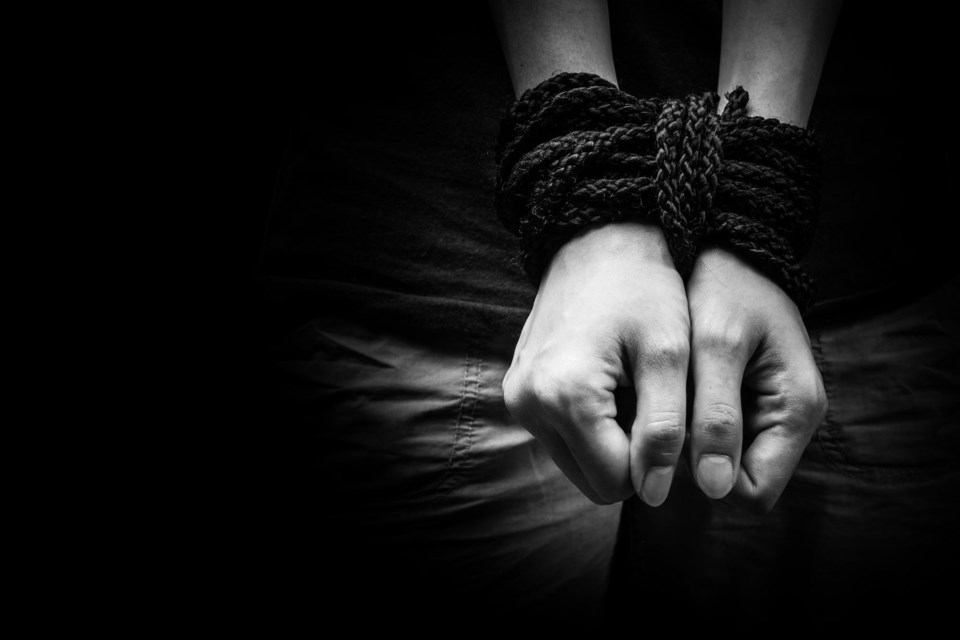A local organization says they have intervened and offered support in over 100 disclosures and cases of human trafficking in Niagara in the past year.
Now, YWCA hopes that the province will grant them the funding necessary to open a six-bed emergency shelter for female and gender-nonconforming victims ages 16 - 24, fleeing trafficking.
The program would be able to provide a safe location with 24-hour supports.
Traditional shelters alone aren’t equipped to deal with the needs of trafficking victims, that are often severely traumatized, the organization’s executive director
Elisabeth Zimmermann told the region’s Public Health and Social Services Committee on Tuesday, before receiving their formal endorsement for the application.
“It has become very clear that there are specific needs that they have. Many have experienced extreme trauma.”
The YWCA has been leading in a Niagara-wide response strategy against trafficking and has along with several community partners trained over 500 first responders in the identification and intervention of trafficking victims.
The organization says the proposed shelter is crucial for Niagara after finding that 66 percent of those trafficked in Canada are brought to Ontario going through the Golden Horseshoe.
Many are Indigenous women and girls, sometimes trafficked via the Welland canal from northern communities.
Zimmermann said one town in Niagara also has stood out in their monitoring of the situation.
“There has been a significant challenge with victims of human trafficking in the Port Colborne-area,” said Zimmerman.
Through the requested funding, YWCA hopes to do more work before traffickers have lured their victims into their sometimes deadly trap, by expanding its school presence.
Its current drop-in services have revealed that the schoolyard can be the prime hunting ground for traffickers, who are looking for victims to groom.
“It needs to start in elementary schools. We would really want to start education around 10 or 11 years. The kids that they are after are becoming younger,” Zimmermann cautioned.



